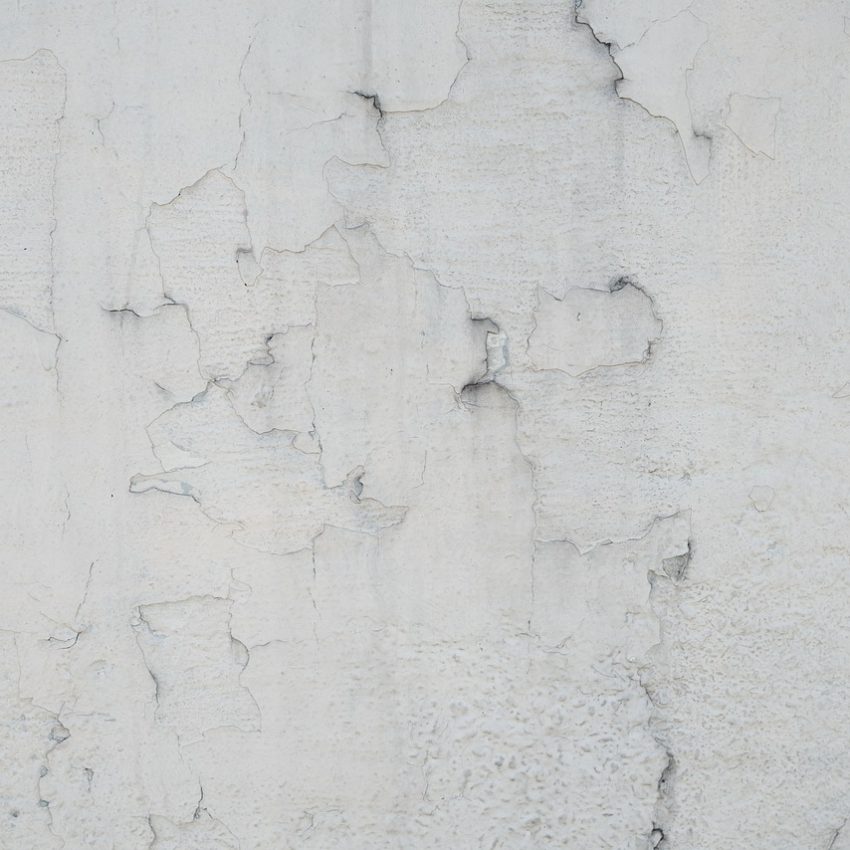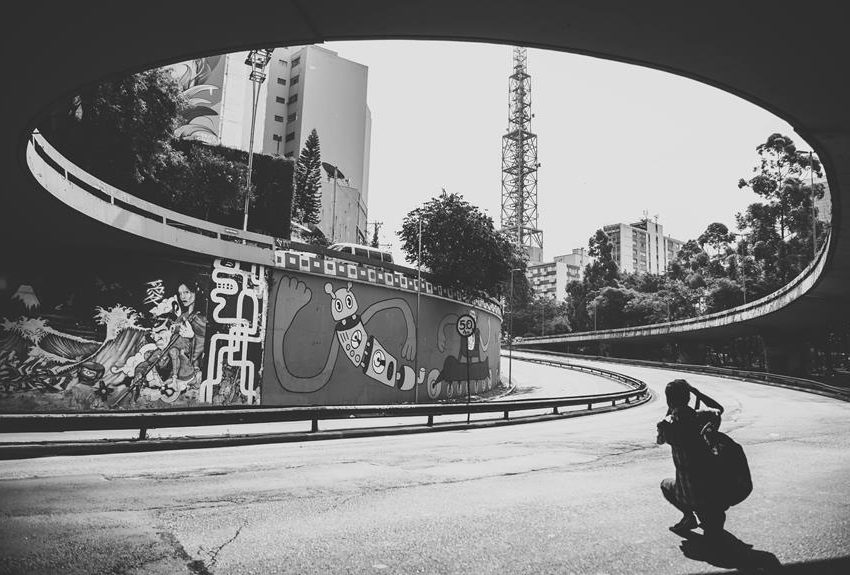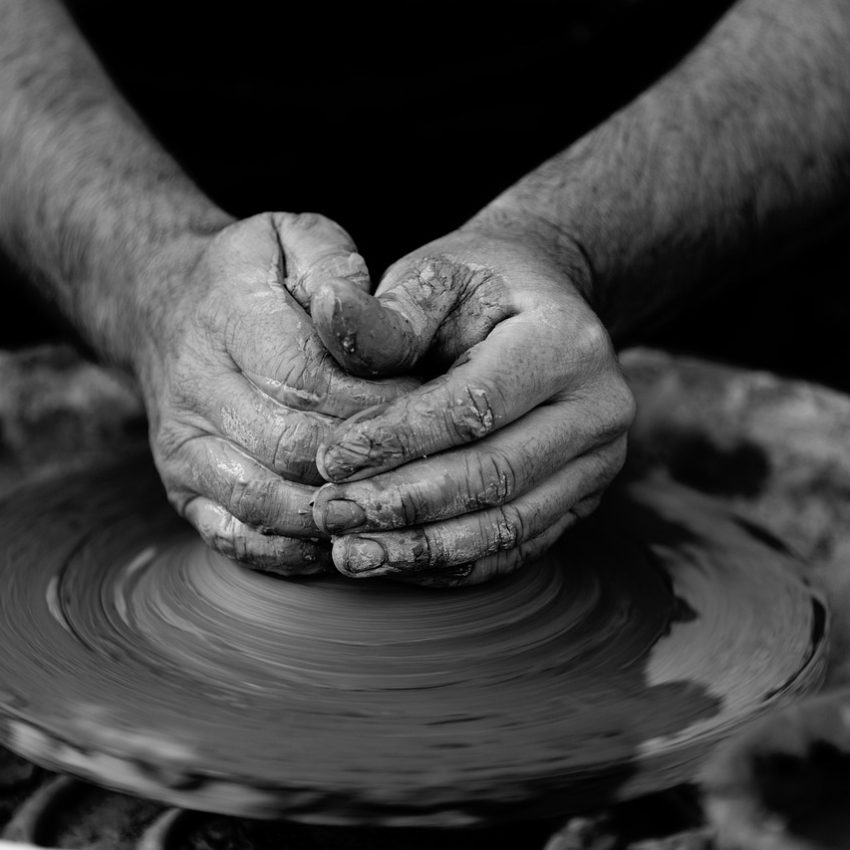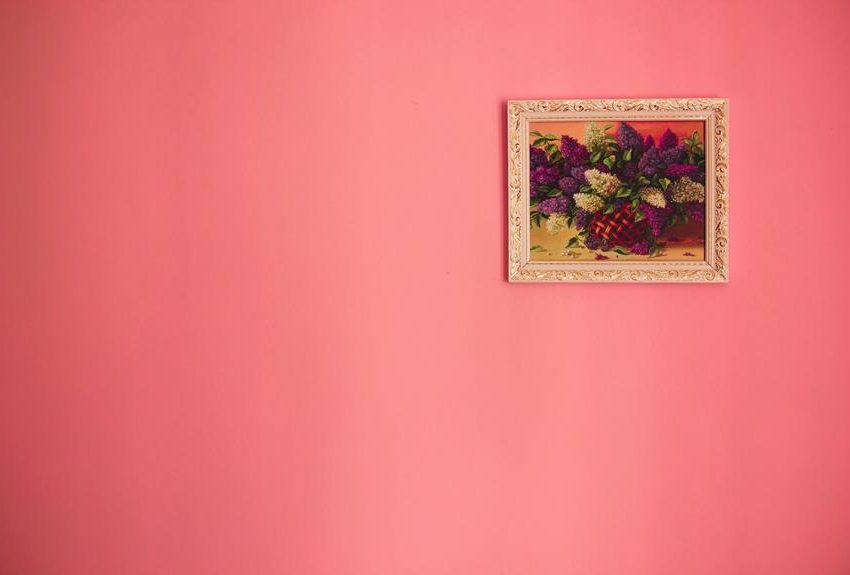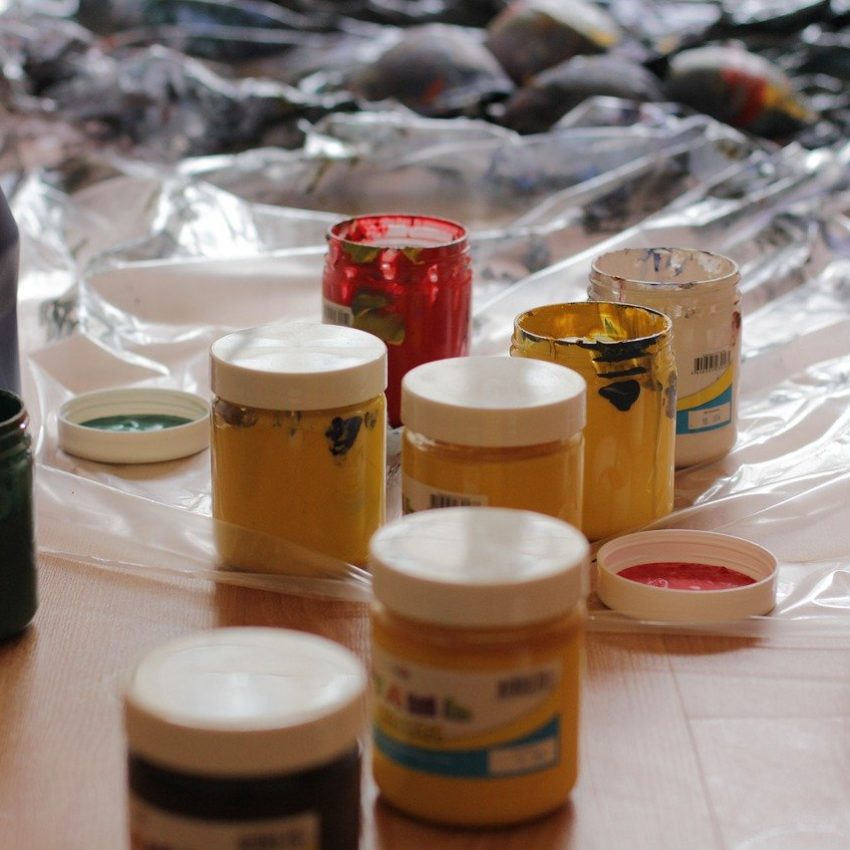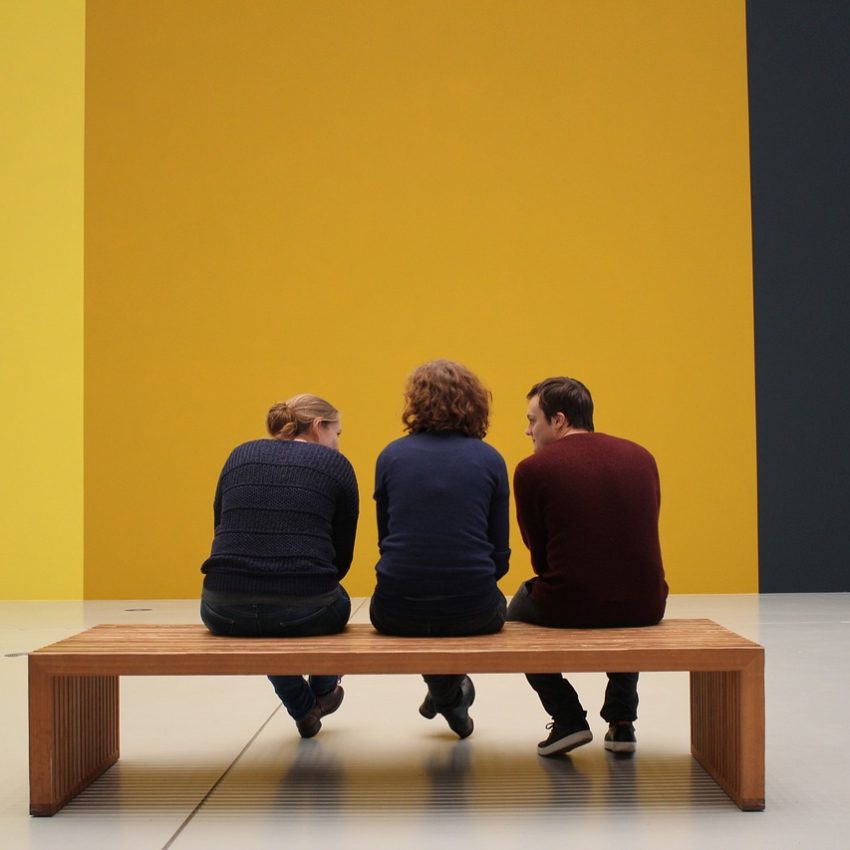Street Art | Urban Art
Where Creativity and Concrete Collide
Welcome to the vibrant world of urban art, where creativity and self-expression collide with the concrete jungle.
Urban art, a fusion of street art and graffiti, encapsulates various visual art expressions rooted in urban environments, drawing inspiration from the architectural landscape and contemporary urban lifestyles.
Despite its origins in local neighbourhoods where diverse cultures intersect, urban art has evolved into an international phenomenon with boundless applications.
Operating within public spaces, urban art often faces scrutiny, being labeled as vandalism and a violation of private property rights.
However, its practitioners transcend geographical boundaries, traversing cities and establishing global social networks, often leaving their signature graffiti art in multiple locations, from New York to London.
Originally stemming from street art, which predominantly revolves around graffiti culture, the concept of urban art has expanded to encompass a diverse array of artists.
Beyond traditional street artists transitioning into formal gallery settings, urban art embraces creators employing conventional mediums to explore themes of contemporary urban culture and political discourse.
In Paris, “Le Mur” stands as a public museum dedicated to urban art, underscoring its significance and cultural resonance.
The History and Evolution of Urban Art
Urban art has a rich and fascinating history that dates back to ancient civilizations. From the cave paintings in Lascaux, France, to the ancient hieroglyphics of Egypt, humans have always sought to leave their mark on the world around them, evolving over centuries to the graffiti art on the streets of London. However, it wasn’t until the 20th century that urban art as we know it today began to take shape.
During the 1960s and 1970s, the streets of New York City became a breeding ground for artistic experimentation. It was here that graffiti artists, such as Taki 183 and Cornbread, first emerged, using spray paint and markers to leave their signatures on subway trains and city walls. This subversive form of expression quickly spread, giving birth to a vibrant underground art movement.
Street Art vs Urban Art
Compared to street art, urban art encompasses a wider spectrum of artists. In addition to traditional street artists who transition into formal gallery settings, urban art also includes creators who utilize more conventional mediums, reflecting the diversity of art and urban art. These artists explore themes related to contemporary urban culture and engage with political issues in their work.
Different Styles and Forms of Urban Art
Urban art encompasses a wide range of styles and techniques, each with its own unique characteristics and influences. From the bold, colorful murals of Brazil’s Os Gemeos to the intricate stencil works of Britain’s Banksy, the diversity of urban art is a testament to the boundless creativity of its practitioners.
Graffiti, perhaps the most well-known form of urban art, is characterized by its large, often illegible lettering and vibrant color schemes. Artists use spray paint, markers, and other tools to create intricate designs and elaborate compositions. Stenciling, on the other hand, involves cutting out shapes or patterns from a stencil and then applying paint or ink to create a repeated image. This technique allows for precise and detailed artwork, often with a political or social message, a hallmark of artists like Banksy whose work can be seen in public spaces and galleries alike.
Popular Urban Art Movements and Artists
Over the years, numerous urban art movements and artists have emerged, each leaving an indelible mark on the genre. From the early days of New York City’s graffiti scene to the global phenomenon it has become today, urban art continues to evolve and push boundaries.
One of the most influential urban art movements is the Street Art movement, which emerged in the 1980s. Artists like Keith Haring and Jean-Michel Basquiat took their work to the streets, using public spaces as their canvas and challenging the traditional notion of what art should be. Their bold and vibrant creations not only transformed the urban landscape but also brought art to the masses.
The Impact of Urban Art on Society and Culture
Urban art is more than just graffiti painted under the cover of darkness; it is a powerful form of self-expression and a catalyst for social change. Artists use their work to challenge societal norms, spark dialogue, and amplify marginalized voices.
Through their art, urban artists address a wide range of social and political issues, from racial inequality and environmental degradation to gender identity and mental health. By bringing these issues to the forefront, they encourage viewers to question the status quo and consider alternative perspectives. Urban art has the power to inspire, educate, and empower communities, making it an essential tool for social and cultural transformation.
How to Appreciate and Understand Urban Art
Appreciating and understanding urban art requires an open mind and a willingness to engage with the artwork and its context. Here are a few tips to help you fully immerse yourself in the vibrant world of urban art, including visiting art republics and exploring new urban art events.
Research the artist: Before visiting an exhibition or exploring a street art hotspot, take the time to learn about the artist behind the work. Understanding their background, influences, and artistic style can provide valuable insights into their creations, making each graffiti art piece a unique part of an urban art collection.
Engage with the artwork: Urban art is meant to be experienced, not just observed. Take the time to examine the details and nuances of each piece, focusing especially on the unique styles and subjects of each graffiti artist’s work. Consider the message the artist is trying to convey and how it relates to your own experiences and beliefs.
Explore different neighborhoods: Urban art is often found in unexpected places. Take a stroll through different neighborhoods, keeping an eye out for murals, stencils, and other forms of street art, including the avant-garde street art prints that populate the urban landscape. Each neighborhood has its own unique artistic voice, offering a glimpse into the local culture and community.
Urban Art in Public Spaces
One of the defining characteristics of urban art, including street art prints and murals, is its accessibility, bridging the gap between art in the home and the broader urban canvas.
Unlike traditional art galleries, which can be exclusive and intimidating, urban art is open to everyone.
It can be found on street corners, alleyways, and even abandoned buildings, transforming these often overlooked spaces into vibrant galleries.
Public spaces provide artists with a platform to share their work with a wide audience, sparking conversations and creating connections,
especially in the realm of graffiti art where each work often becomes a limited edition spectacle.
Urban art has the power to transform even the most mundane environments, injecting color and creativity into our everyday lives.
By reclaiming public spaces, artists challenge the notion of who gets to participate in the art world and invite viewers to reconsider their relationship with their surroundings, often through the medium of graffiti art which focuses on subjects relevant to the urban experience.
Controversies and Legal Issues Surrounding Urban Artwork
Despite its growing popularity, urban art, with a strong focus on graffiti, continues to face challenges and controversies, especially around issues of copyright.
Many cities have strict regulations and laws regarding graffiti and street art, considering it vandalism rather than a legitimate form of artistic expression. Artists often face fines, legal battles, and even imprisonment for their work.
However, there is an ongoing debate about the distinction between illegal graffiti and legal street art.
Some argue that artists should be given the freedom to express themselves in public spaces, while others believe that strict regulations are necessary to maintain the integrity of private property.
Urban Art Festivals and Events
Urban art festivals and events provide a platform for artists to showcase their work, collaborate with fellow creatives, and engage with the community.
These events bring together artists, curators, and art enthusiasts from around the world, creating a vibrant and dynamic atmosphere.
One of the most renowned urban art festivals is the Pow! Wow! Festival, which originated in Hawaii and has since expanded to cities around the globe.
The festival brings together street artists, musicians, and creatives to transform public spaces into vibrant works of art.
Other notable events include the St+art India Foundation in India, the Upfest in the United Kingdom, and numerous underground graffiti art shows in London.
Conclusion: The Future of Urban Artists
As urban art continues to evolve and gain recognition, its future looks bright. Artists are pushing boundaries, experimenting with new techniques and materials, and using technology to enhance their creations. The accessibility of urban art, both physically and digitally, allows for greater engagement and dialogue, making it a powerful tool for social change and cultural transformation.
In a world where our cities can sometimes feel cold and impersonal, urban art, including graffiti, brings warmth, color, and humanity to our urban landscapes, framing our streets in vibrancy. It challenges us to see the beauty in unexpected places, to question the status quo, and to reimagine what our cities can be.
So, the next time you find yourself walking down a city street, take a moment to appreciate the vibrant tapestry of urban art that surrounds you. It’s a testament to the limitless power of creativity and the indomitable spirit of those who dare to leave their mark on the world.
